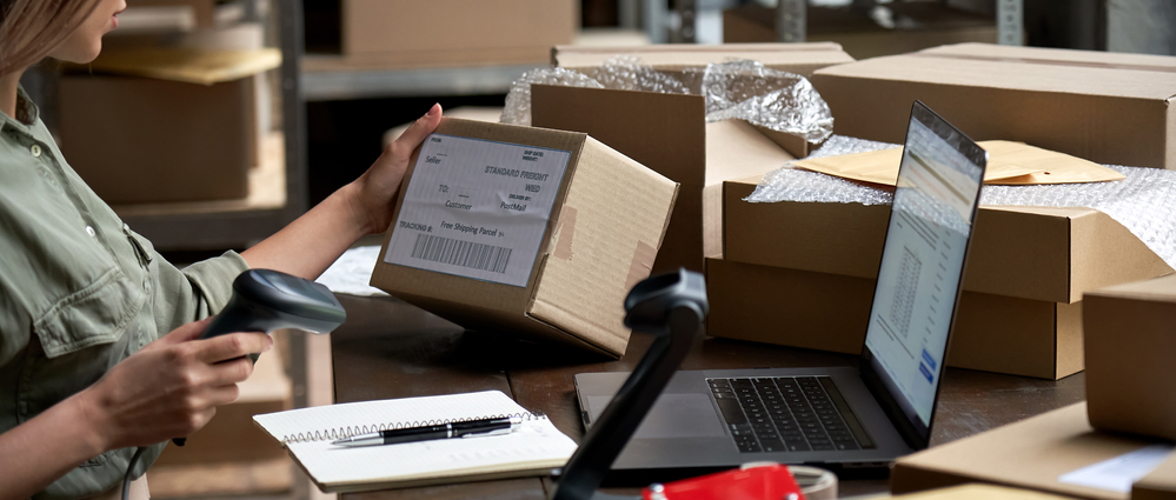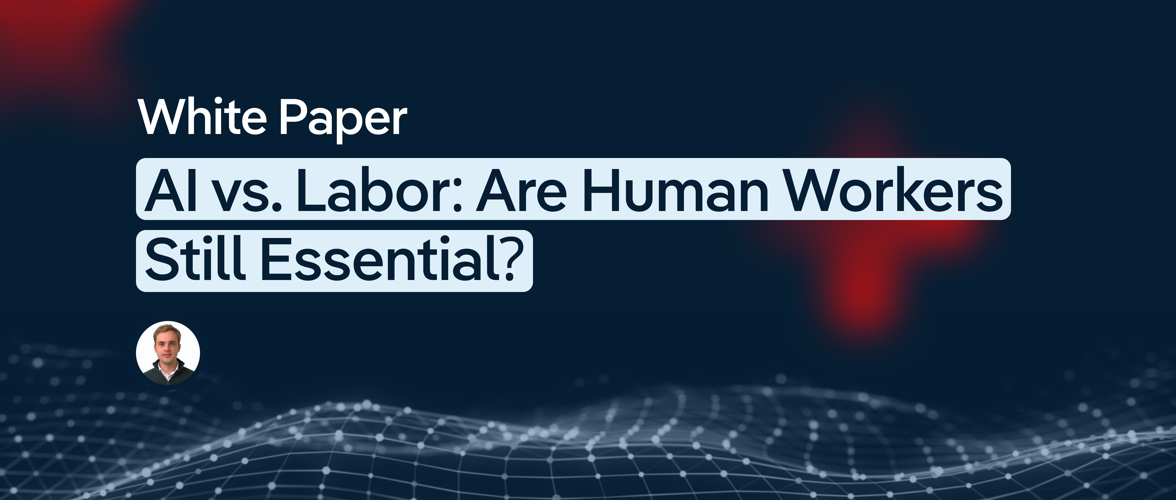Small businesses are the cornerstone of the US economy. According to the latest data from the US Census Bureau, small businesses represent 99.9% of total US businesses and are responsible for employing more than 61.7 million workers, or about 46.4% of US employees.
A December 2018 publication by the Office of Advocacy of the Small Business Administration (SBA) further emphasizes the importance of small businesses. The SBA's data illustrates that small businesses contributed $5.9 trillion to the $13.6 trillion private economy in 2014, or 43.4% of total GDP for the year (latest data available). Small businesses must receive adequate access to capital to fund everyday operations and new business expansion.
What’s the current status of PPP loans?
Since the start of the COVID-19 pandemic in 2020, small businesses have struggled in the new economic climate. At the height of the global health crisis, the US government moved to cushion the blow these institutions and associated workforces were dealt by deploying an exorbitant amount of financial stimulus through the Coronavirus Aid, Relief, and Economic Security (CARES) Act.
The CARES Act dispersed 11.5 million loans at an aggregate value of $792.6 billion through the SBA’s Paycheck Protection Program (PPP). When the program ended in May 2021, more than 82.0% of small US businesses had taken out a PPP loan. These loans were eligible for forgiveness if the funds were used for eligible costs within a specified timeframe. As of October 2022, about 90.0% of PPP loans have been forgiven.
The economy is moving forward after the initial spread of COVID-19. In its wake, the global economy is facing high inflation and increasing interest rates, and the Federal Reserve is committed to raising interest rates as high as necessary to create price stability.
One negative effect of the rate hikes is that debt will become more expensive, particularly after nearly 15 years of low interest rates. In other words, higher interest rates will make it more difficult for small businesses to take out loans and grow their operations.

What kind of loans have small businesses already received?
The amount of loans lent out to small businesses have fluctuated over the past three years. The fiscal and monetary policy responses in response to the pandemic, in the form of the PPP program and lower interest rates respectively, boosted loan balances for small businesses in 2020. However, as the PPP program ended in 2021 and the Federal Reserve began increasing interest rates in 2022, loan balances have since fallen from 2020 highs.
According to the FDIC’s June 2021 Quarterly Banking Profile, commercial and industrial (C&I) and commercial real estate (CRE) loan balances to small businesses by FDIC-insured institutions grew 38.9% year-over-year to a record high of $895.4 billion in the second quarter of 2020 (latest data available).
PPP aid was a primary contributor behind the historic growth as small businesses used these loans to cover payroll costs as well as interest, rent and utility expenses. Moreover, banks helped absorb some of the effects of the pandemic on small businesses.
More recently, C&I and CRE loan balances to small businesses have declined 19.6% year-over-year to $649.1 billion in the second quarter of 2022 – this decline has been driven by both the payoff and forgiveness of PPP loans, and small businesses limiting seeking new debt as interest rates have begun to rise.
Moreover, many small businesses have yet to financially recover from the pandemic in 2022, despite PPP loans and the favorable lending environment of 2020 and 2021. According to the Federal Reserve’s 2022 Small Business Credit Survey, 77.0% of surveyed firms report to experiencing lingering negative effects from the pandemic.

What’s next for small businesses?
In short, small businesses have endured hard times in recent years and are likely to experience more hardships moving forward. It is still unclear how long the Federal Reserve will continue raising interest rates and how high they will get. The uncertainty will make it unlikely small businesses will seek out loans to expand operations.
If interest rates get too high, traditional financial institutions will have more stringent lending requirements, further reducing the overall loan balances to small businesses. However, small businesses will always require capital to fund current operations, despite high interest rates and higher lending requirements. An alternative for small businesses will likely include peer-to-peer lending loans, increasing in popularity over the coming years.
Peer-to-peer lending permits for individuals and institutions to seek lending directly from each other, without having to go through a traditional financial institution. A peer-to-peer loan is lent out at a higher interest rate than a traditional financial institution; however, peer-to-peer lending platforms have less stringent lending requirements.
Overall, if the lending environment becomes more unfavorable for small businesses, peer-to-peer lending will continue to become more popular over the coming years.
Note: Originally published October 2021, updated November 2022









